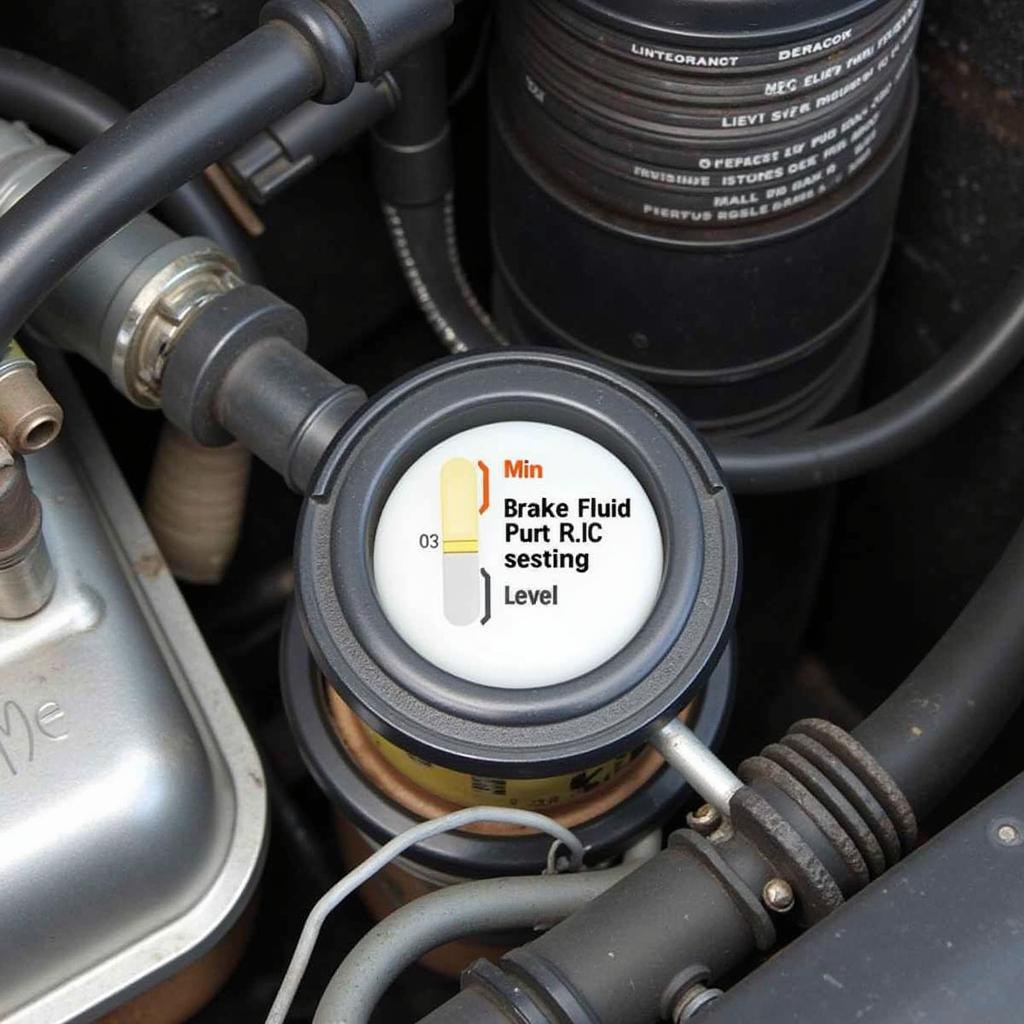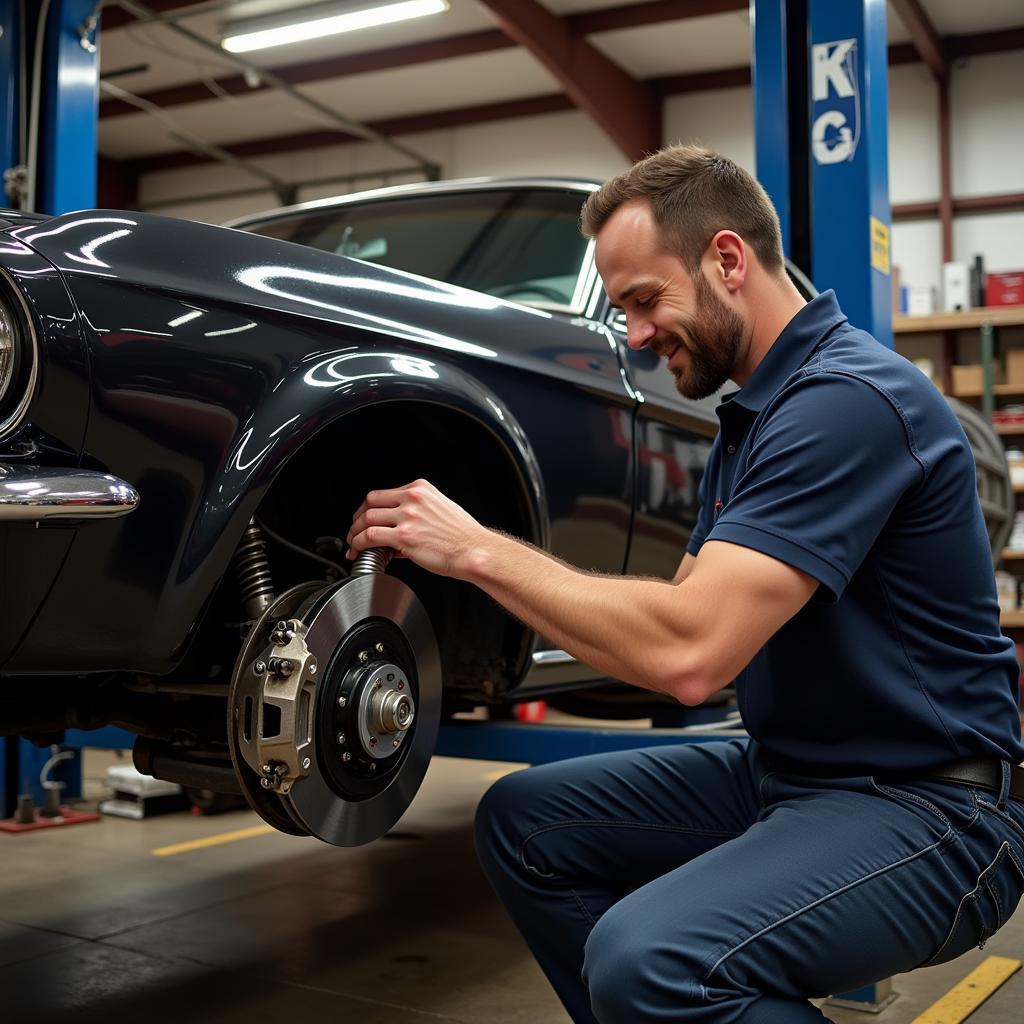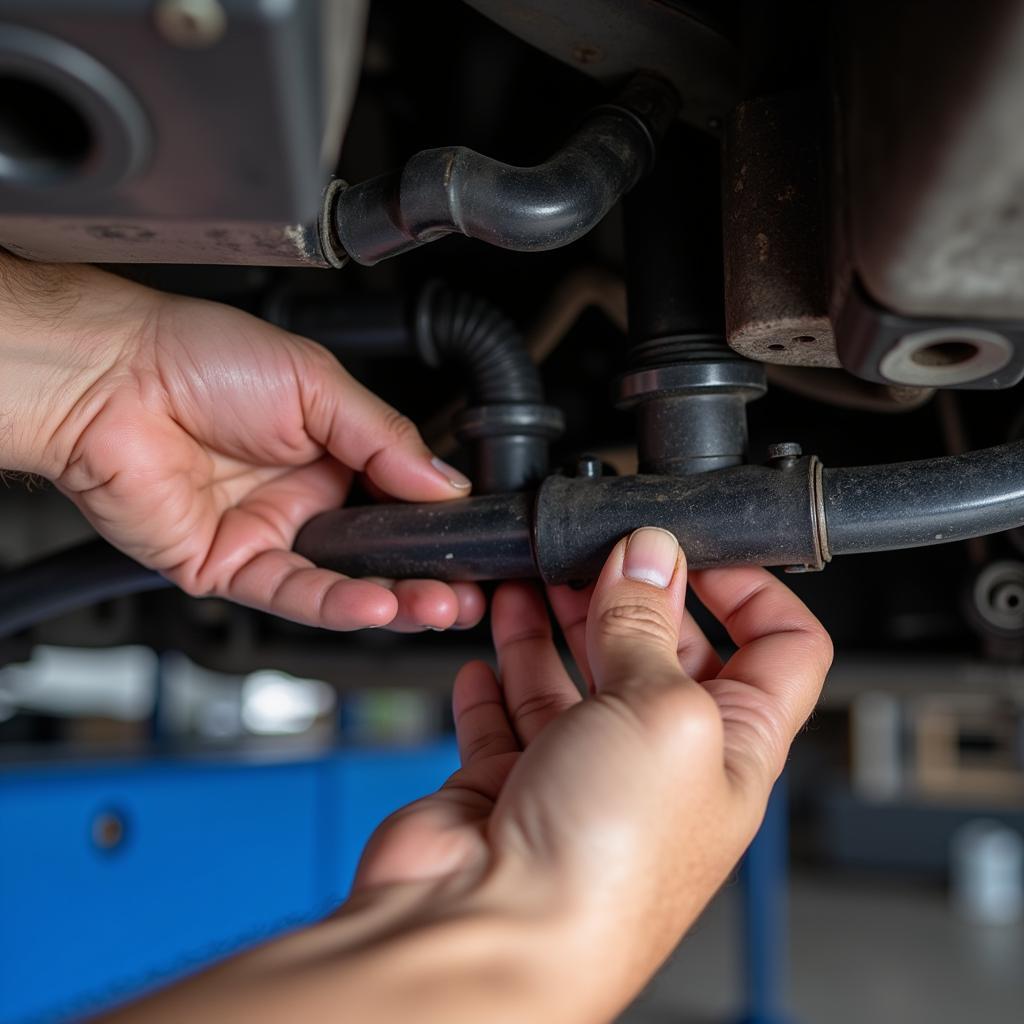The brake warning light on your 1968 Mustang flashing like a disco ball? Don’t panic – yet. This iconic muscle car might have some vintage quirks, but understanding its brake warning system is crucial for a safe and enjoyable ride. While a trip down memory lane is always fun, a breakdown on the side of the road is definitely not on the itinerary. Let’s dive into the world of 1968 Mustang brakes and how to decipher what that pesky warning light is trying to tell you.
Decoding the Flashing Red: Common Culprits Behind Your Brake Light
Unlike modern cars with their array of sensors and detailed dashboard displays, your 1968 Mustang keeps things simple. That single red brake warning light is a multi-tasker, signaling several potential issues:
-
Low Brake Fluid: This is the most common culprit. Over time, brake fluid naturally depletes, which can trigger the warning light. A quick check of the fluid level in the master cylinder reservoir is your first step. If it’s low, you’ll need to top it off and investigate for any leaks in the system.
-
Worn Brake Pads: Remember, no fancy wear sensors here! If your brake pads are worn down, it can also trigger the warning light. Inspect your brake pads regularly – you’re aiming for a minimum thickness of 1/4 inch.
-
Faulty Brake Light Switch: Sometimes the problem isn’t with your brakes at all, but with the switch that activates the warning light. If the switch is malfunctioning, it can cause the light to illuminate even when your brake system is functioning correctly.
 1968 Mustang Brake Fluid Reservoir
1968 Mustang Brake Fluid Reservoir
Beyond the Basics: When a Deeper Dive is Needed
If topping off the brake fluid and checking the pads doesn’t resolve the issue, it’s time to get your hands dirty or call in a specialist:
-
Inspecting for Leaks: A leaking brake line or a faulty master cylinder can cause a significant drop in brake fluid. Look for any signs of fluid leaks near the wheels, around the master cylinder, and along the brake lines.
-
Testing the Brake Light Switch: Using a multimeter, you can test the continuity of the brake light switch to ensure it’s functioning correctly.
-
Bleeding the Brakes: Air trapped in the brake lines can lead to a spongy brake pedal and potentially trigger the warning light. Bleeding the brakes is essential maintenance for any classic car and ensures optimal braking performance.
“Knowing your car is like knowing a good friend; you can anticipate their needs.”
-
- Mike Lawson, Classic Car Mechanic*
While Mike’s quote rings true, not everyone has the expertise or time to become a classic car mechanic. Knowing when to tackle a repair yourself and when to call in a professional is key to keeping your 1968 Mustang running smoothly.
When in Doubt, Don’t Gamble – Seek Professional Help
If you’re not comfortable diagnosing and repairing brake issues yourself, don’t hesitate to take your Mustang to a qualified mechanic specializing in classic cars. They have the knowledge and experience to pinpoint and resolve problems effectively, ensuring your safety on the road.
 Expertly Repairing a 1968 Mustang
Expertly Repairing a 1968 Mustang
Putting the Brakes on Your Worries: Conclusion
Your 1968 Mustang’s brake warning light is a crucial safety feature, demanding your attention whenever it illuminates. By understanding the potential causes and taking appropriate action, you can keep your Mustang roaring down the road safely. Remember, preventative maintenance and regular inspections are your best bet for avoiding unexpected surprises and ensuring countless miles of driving enjoyment.

